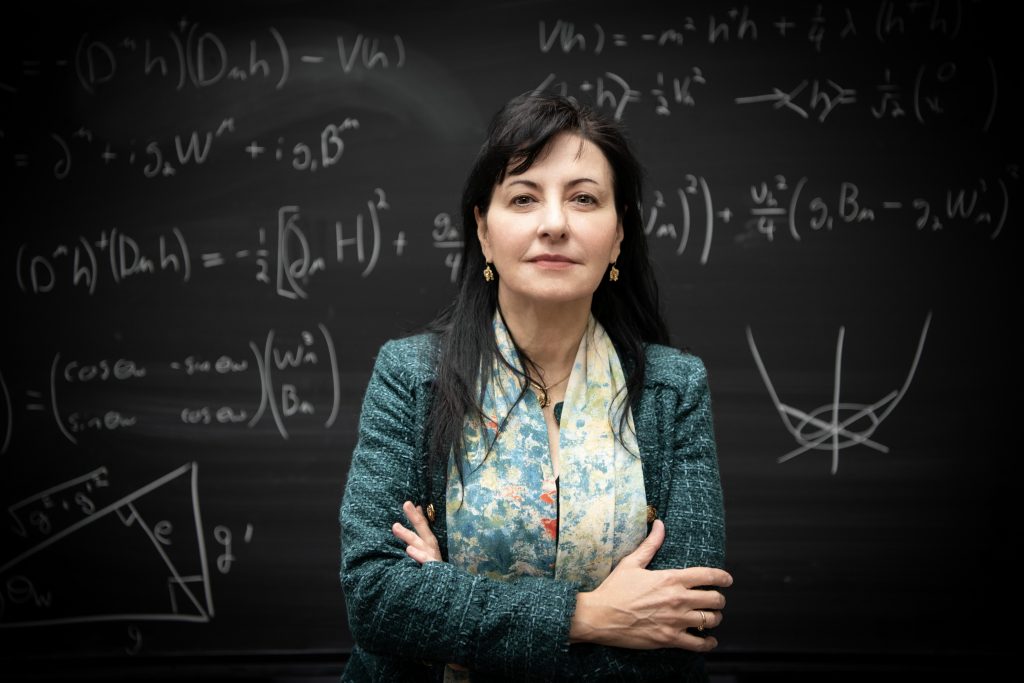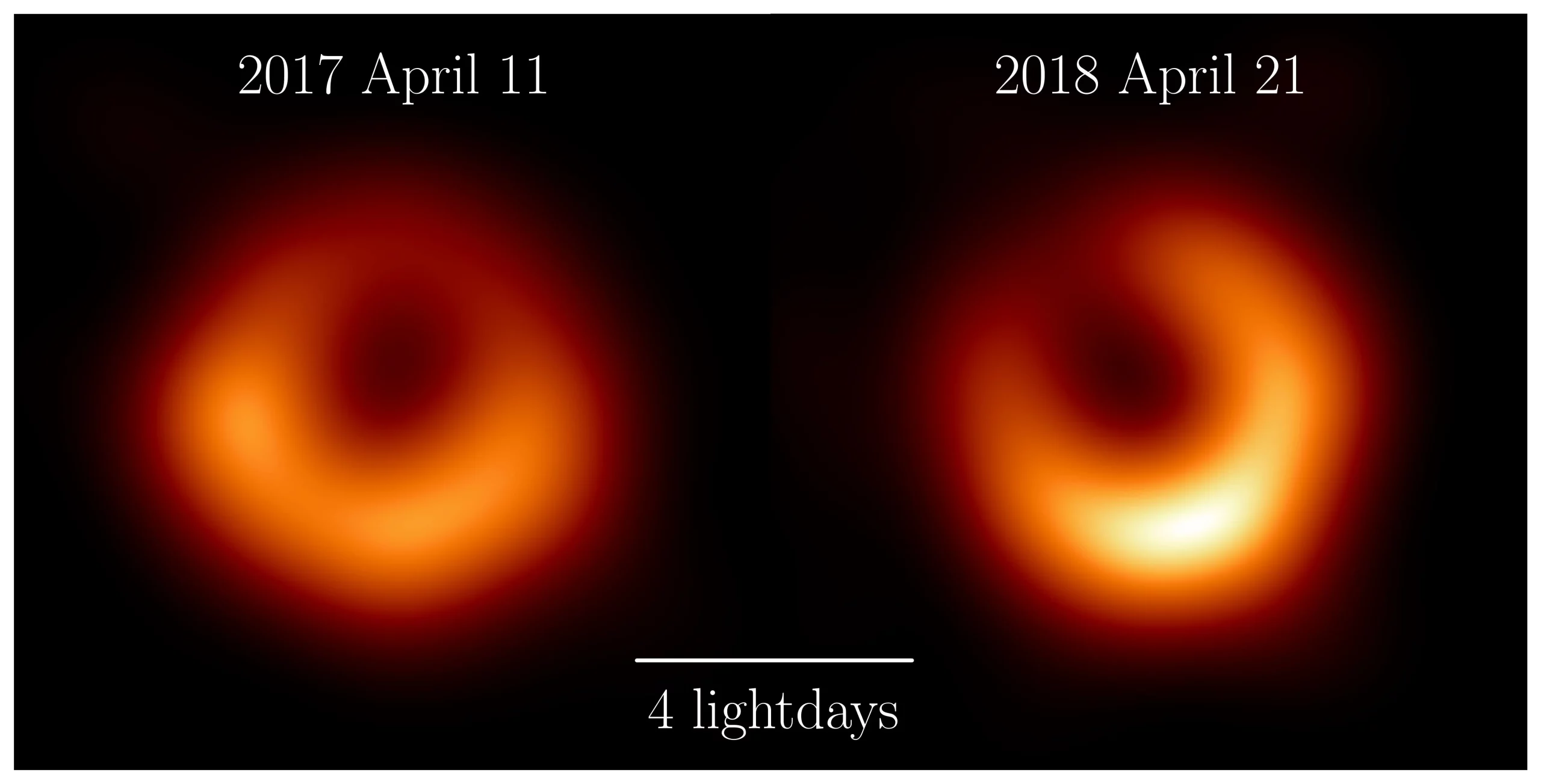
Marcela Carena entrera en fonction le 4 novembre 2024 à titre de nouvelle directrice générale de l’Institut Périmètre. Elle fait partie des experts les plus renommés au monde en physique des particules. Elle arrive à l’Institut après avoir terminé son mandat de directrice du Département de physique théorique au Laboratoire national de l’accélérateur Fermi, quittant son poste de professeure de physique à l’Université de Chicago. Elle est titulaire d’une chaire de chercheur invité distingué et préside le comité consultatif scientifique de l’Institut depuis 2022. À titre de directrice générale, elle succédera à Robert Myers, membre de longue date du corps professoral de l’Institut Périmètre, qui termine un mandat de cinq ans. Au cours de son mandat, Robert Myers a encadré la création du Centre Clay-Riddell de recherches sur la matière quantique de l’Institut Périmètre
en 2020, lancer des initiatives de recherche dans le domaine de l’inférence causale quantique et de l’holographie céleste, et mis sur pied PSI START, un programme de formation unique en son genre. Il demeure à l’Institut comme professeur et titulaire de la chaire Groupe-financier-BMO-Isaac-Newton. C’est en toute confiance qu’il passe le flambeau à Marcela Carena. « Je suis certain que son leadership guidera l’Institut Périmètre vers un avenir brillant et passionnant », a-t-il déclaré lors de l’annonce de nomination. Le dossier scientifique de Marcela Carena et son savoir-faire dans les relations de partenariats et de collaborations l’ont bien préparée pour diriger l’Institut au tournant de son 25e anniversaire et pour son prochain quart de siècle de recherche fondamentale.

La Province de l’Ontario et le Gouvernement du Canada ont annoncé cette année le renouvellement de leur financement de l’Institut Périmètre. Le gouvernement provincial s’est engagé à fournir 36 millions de dollars sur trois ans par l’entremise du ministère des Collèges et Universités, tandis que le gouvernement fédéral a alloué 34,4 millions de dollars sur cinq ans par l’entremise du Fonds stratégique des sciences du ministère de l’Innovation, des Sciences et du Développement économique du Canada. Ces investissements permettront à l’Institut de continuer d’offrir ses programmes de calibre mondial en recherche, en formation et en diffusion des connaissances, et d’assurer ainsi au Canada, à l’Ontario et à l’Institut le maintien de leur statut de pôle de recherche scientifique dans une économie du savoir de plus en plus concurrentielle à l’échelle mondiale.
« Cet appui renouvelé aidera l’Institut Périmètre à faire avancer les recherches en sciences fondamentales, à inspirer les jeunes, à former des étudiants exceptionnels et à jouer un rôle central dans le développement de l’écosystème quantique de l’Ontario et du Canada. Nous sommes profondément reconnaissants envers nos partenaires fédéraux et provinciaux pour leur soutien continu à l’Institut et à sa mission. Sans eux, notre travail ne serait pas possible, car c’est ensemble que nous créons un pôle de classe mondiale en physique théorique, que nous formons des partenariats solides et que nous favorisons l’innovation scientifique. »
Robert Myers, directeur de l’Institut



Refrences:
Les Gens de l’Institut
Explorateur de la matière quantique

Si vous avez déjà entendu un orchestre en concert, vous savez comment la musique peut occuper et emplir un espace où chaque instrument se fond en une œuvre musicale d’une émouvante beauté. Timothy Hsieh, directeur du Centre Clay-Riddell de recherches sur la matière quantique et professeur-chercheur, s’intéresse à un phénomène similaire, mais à l’échelle quantique. À l’instar d’un compositeur de musique, il propose de nouvelles combinaisons des plus petits éléments qui existent dans la nature et crée des modèles de phénomènes inédits qui pourraient être plus puissants que la somme de leurs parties. Le but est de découvrir dans la matière quantique des propriétés émergentes intéressantes qui pourraient être utiles à l’avancement de l’informatique quantique.

Refrences:


Refrences:


Refrences: